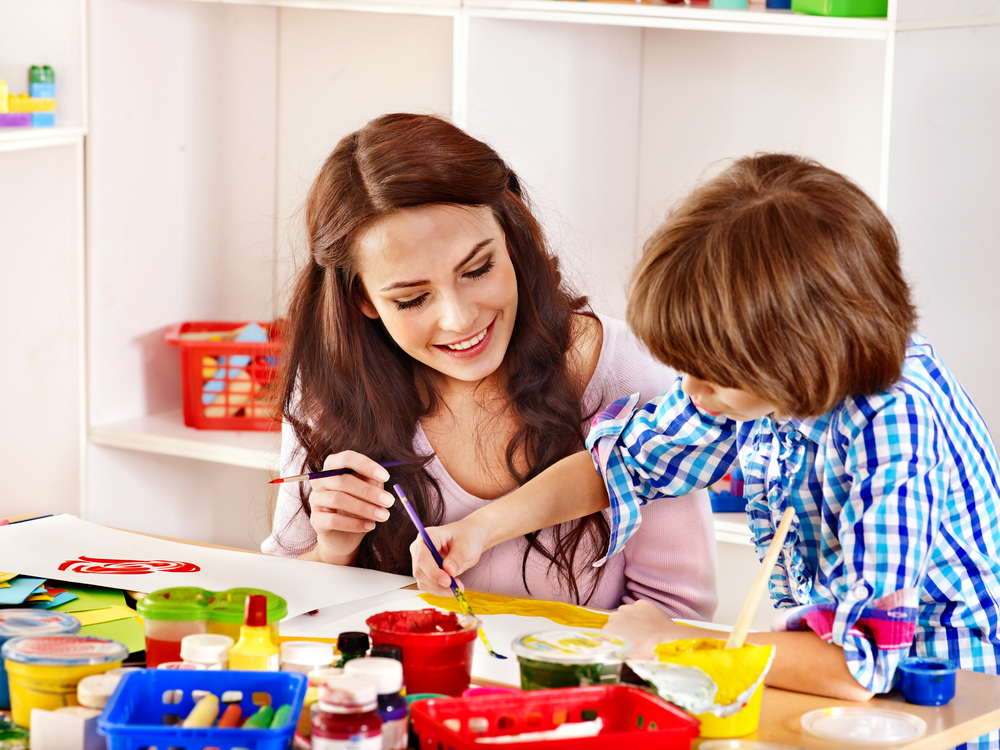Effective Parenting Communication Strategies for Building Stronger Bonds
Discover practical strategies for effective parenting communication that foster strong bonds with your child. Learn how to interpret infant needs, create a calming environment, and engage meaningfully with toddlers. Building these skills helps promote emotional security, language development, and a loving parent-child relationship that lasts a lifetime. This comprehensive guide offers expert tips for nurturing communication from newborn through toddlerhood.

Fostering Healthy Communication: How to Connect Better with Your Child
Bringing a new life into the world marks a profound milestone for any family. It is a time filled with joy, excitement, and a fair share of challenges. From the earliest days of caring for a fragile newborn to navigating the curious stages of toddlerhood where boundaries are tested, every moment requires patience, empathy, and understanding. Central to nurturing a healthy parent-child relationship is effective communication, which begins even before your child utters their first words. The way you engage with your infant sets the foundation for strong, trusting bonds as they grow and develop.
Developing open and responsive communication with your child is essential for their emotional security and social skills. With intentional strategies, you can foster an environment where your child feels safe, understood, and loved. This comprehensive guide explores practical methods to enhance your communication with your little one—from infancy through toddlerhood—helping you create a nurturing and supportive relationship that lasts a lifetime.
Understanding Infant Needs: The Foundation of Communication
Infants do not yet have the ability to use words to express their needs or feelings. Therefore, interpreting their cries and signals becomes vital for responsive parenting. Each cry is a message—whether they are hungry, uncomfortable, sleepy, or overstimulated. Learning to recognize these cues enables you to respond promptly and lovingly, which not only satisfies your baby’s immediate needs but also fosters a sense of trust and security.
Monitoring subtle changes in your infant’s behavior and crying patterns can help you understand their unique communication style. For example, some babies may cry softly when hungry, while others may have more intense or frequent cries when distressed. Developing this intuitive understanding will improve your ability to respond effectively, strengthening your emotional connection and encouraging positive development.
Creating a Calm and Comforting Environment
During the early stages of life, establishing a sense of safety is paramount. Your demeanor significantly influences your child’s emotional development. Maintaining calmness and patience, even during challenging moments, reassures your baby that they are safe and loved. If you feel anxious or stressed, your infant is likely to pick up on these emotions, which can increase their distress.
Gentle handling, soft speaking, and singing soothe your baby and help them feel secure. Incorporating calming routines such as warm baths, gentle massages, or singing lullabies before bedtime can signal to your child that it's time to wind down and prepare for sleep. These rituals serve as a comforting rhythm that promotes emotional stability and promotes better sleep habits over time.
Engaging and Communicating with Toddlers
As your child progresses into toddlerhood, their natural curiosity and desire for independence grow. During this stage, communication becomes more dynamic and expressive. Toddlers often test boundaries through tantrums and refusals, which can challenge parents to remain patient and understanding. Instead of reacting with frustration, it's helpful to adopt strategies that promote respectful and effective communication.
Use body language, facial expressions, and eye contact as tools to communicate clearly with your toddler. Kneeling down to their eye level when explaining rules or boundaries demonstrates respect and attentiveness. Gentle, kind words, combined with consistent routines, help your child understand expectations and develop language skills. Engaging your child's interests through play, storytelling, and shared activities builds emotional bonds and encourages language development. Letting your child lead playtime fosters independence and confidence, making communication a two-way, enjoyable process.
Guidelines for Effective Parent-Child Communication
Respond promptly and lovingly to your baby's cries and signals.
Maintain a calm and soothing presence to foster security.
Create consistent, comforting routines to signal transition times.
Use gentle, respectful language when interacting with your toddler.
Get down to your child's eye level to promote understanding and connection.
Encourage exploration and independence through play and shared activities.
Be patient during tantrums and challenging behaviors, offering reassurance and guidance.
Building strong communication skills as a parent does not happen overnight, but with consistent effort and genuine care, you can develop a bond rooted in mutual trust and understanding. Remember that each interaction is an opportunity to nurture your child's emotional development, support their curiosity, and reinforce their sense of being loved and valued. The journey from infant to toddler is filled with unique opportunities to deepen your connection through effective, compassionate communication.




